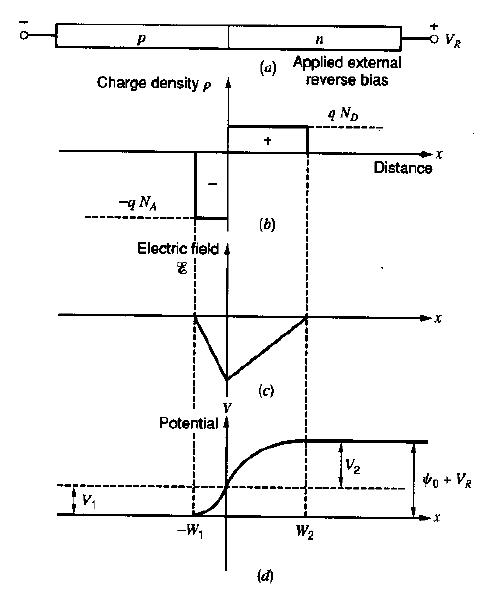elec350
Full Member level 4
Hello
Below picture is from page 2 of Gray-Meyer's book. In part (a) of the picture, it is shown that the voltage VR is applied to p-n junction, but in part (d) the barrier potential is VR+Ψ0. Why? I have seen some of electronics book, but couldn't find the answer. pls hlp me.

Below picture is from page 2 of Gray-Meyer's book. In part (a) of the picture, it is shown that the voltage VR is applied to p-n junction, but in part (d) the barrier potential is VR+Ψ0. Why? I have seen some of electronics book, but couldn't find the answer. pls hlp me.
